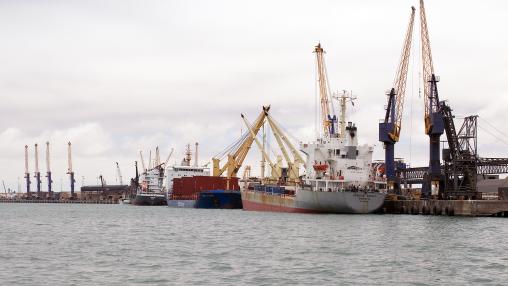
Russia’s Renewed Attacks on Ukraine’s Grain Infrastructure: Why Now? What Next?
Russia’s recent attacks on Greater Odesa port infrastructure and grain-carrying vessels in the Black Sea marked the most intense attacks on Ukraine’s agricultural infrastructure in over a year. In September, according to the United Nations, Russian attacks damaged grain infrastructure and six civilian vessels in Ukraine’s Black Sea ports. Russian ballistic missiles then struck foreign-flagged ships on October 6, October 7, October 9, and October 14, also damaging a grain warehouse and other port infrastructure with the October 14 strike.
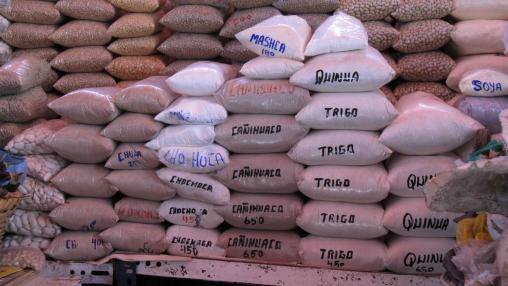
FAO Food Price Index Reaches Highest Level in 18 Months
The FAO Food Price Index rose 2 percent in October to reach its highest level since April 2023. However, the Index remained 20.5 percent below the record high seen in March 2022.
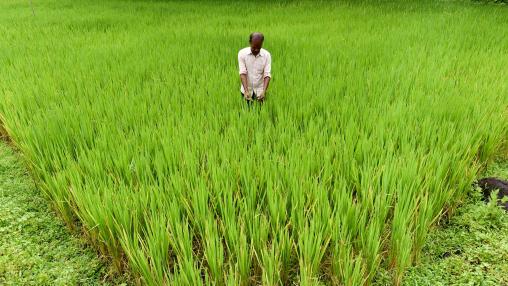
India lifts export restrictions on rice
Over the past two months, India has removed several of its restrictions affecting rice exports, some in place since September 2022. This is welcome news for rice importing countries, which for the past year have had to seek alternative suppliers at significantly elevated prices.
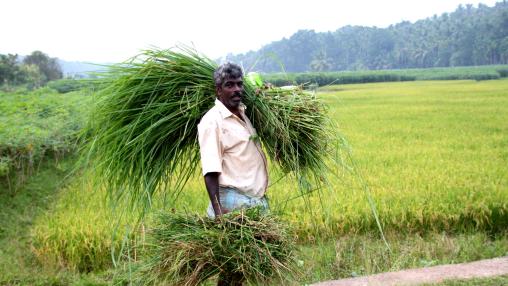
FAO Food Price Index Sees Largest Monthly Increase Since May 2022
In September, the FAO Food Price Index saw the largest month-on-month increase since May 2022, rising 3 percent from August. While the Index is 2 percent higher than its September 2023 level, it remains over 22 percent below its March 2022 peak.
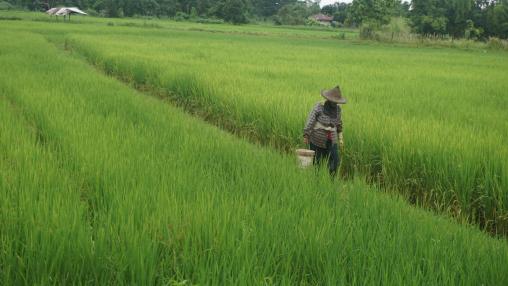
Fertilizer Prices Declining But Remain High Globally: FAO Food Price Index and AMIS Market Monitor Released
The FAO Food Price Index declined slightly in August due to falling sugar, meat, and cereal prices. The Index was just over 1 percent lower than its August 2023 value and nearly 25 percent below the peak reached in March 2022.
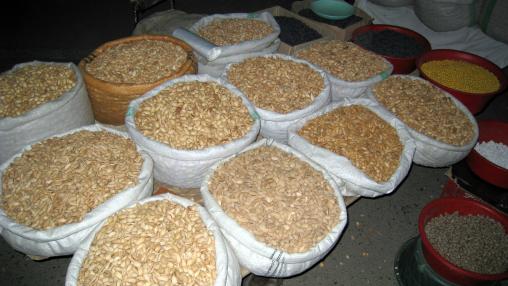
Cereal Prices Continue to Fall in July
Declining cereal prices drove the FAO Food Price Index down slightly in July despite increasing vegetable oil, meat, and sugar prices. The Index was 3.1 percent lower than its July 2023 level and nearly 25 percent below the high seen in March 2022.
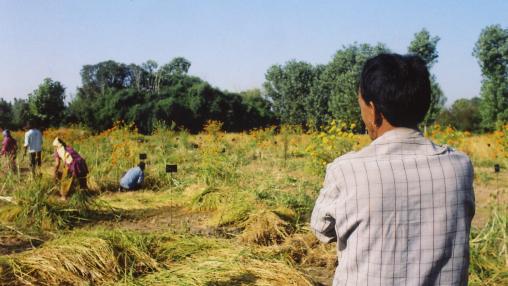
After a year, India’s rice export restrictions continue to fuel high prices
In July 2023, the Indian government announced export restrictions on non-basmati white rice. Coming after earlier export limits on other types of rice, the action was taken in part due to a strengthening El Niño that threatened to limit rice production and fuel rising food inflation—a potential political liability for the Modi government as it faced upcoming general elections in spring 2024.
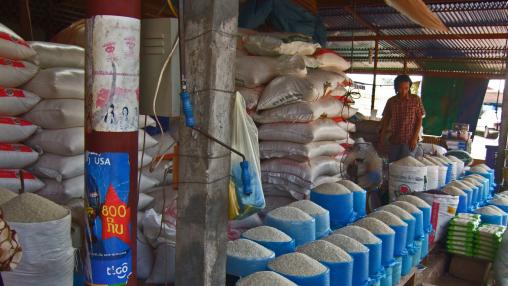
Cereal Prices Fall in June, Concerns over Weather Remain
After three consecutive months of increasing prices, the FAO Food Price Index remained steady in June, with rising vegetable oil, sugar, and dairy prices balancing falling cereal prices. The Index remained 2.1 percent below its June 2023 level and almost 25 percent below the peak seen in March 2022.
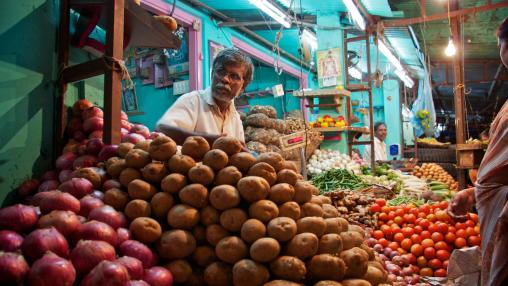
Experts: What is causing food prices to spike around the world?
Spiking food prices have made headlines around the world this year, from eggs in the US to vegetables in India.
The UN Food and Agriculture Organization’s Food Price Index has been slowly increasing over the past six months following declines over much of 2023.
For example, the price of orange juice concentrate in the US was 42% higher in April than it was a year ago, while the price of fresh orange juice in the UK has risen 25% over the last year.
In Greece, the price of olive oil rose by nearly 30% over 2023 and by more than 63% in April of this year.
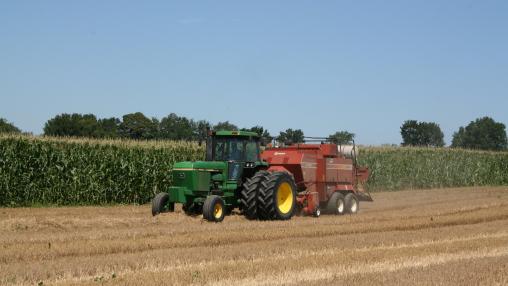
Concerns over wheat supplies and prices, plus the impact of biofuels on vegetable oil markets: Latest FAO Food Price Index and AMIS Market Monitor released
The FAO Food Price Index rose by nearly 1 percent in May due to increased cereal and dairy prices. It remained 3.4 percent below its May 2023 levels and nearly 25 percent below the peak seen in March 2022.